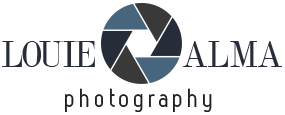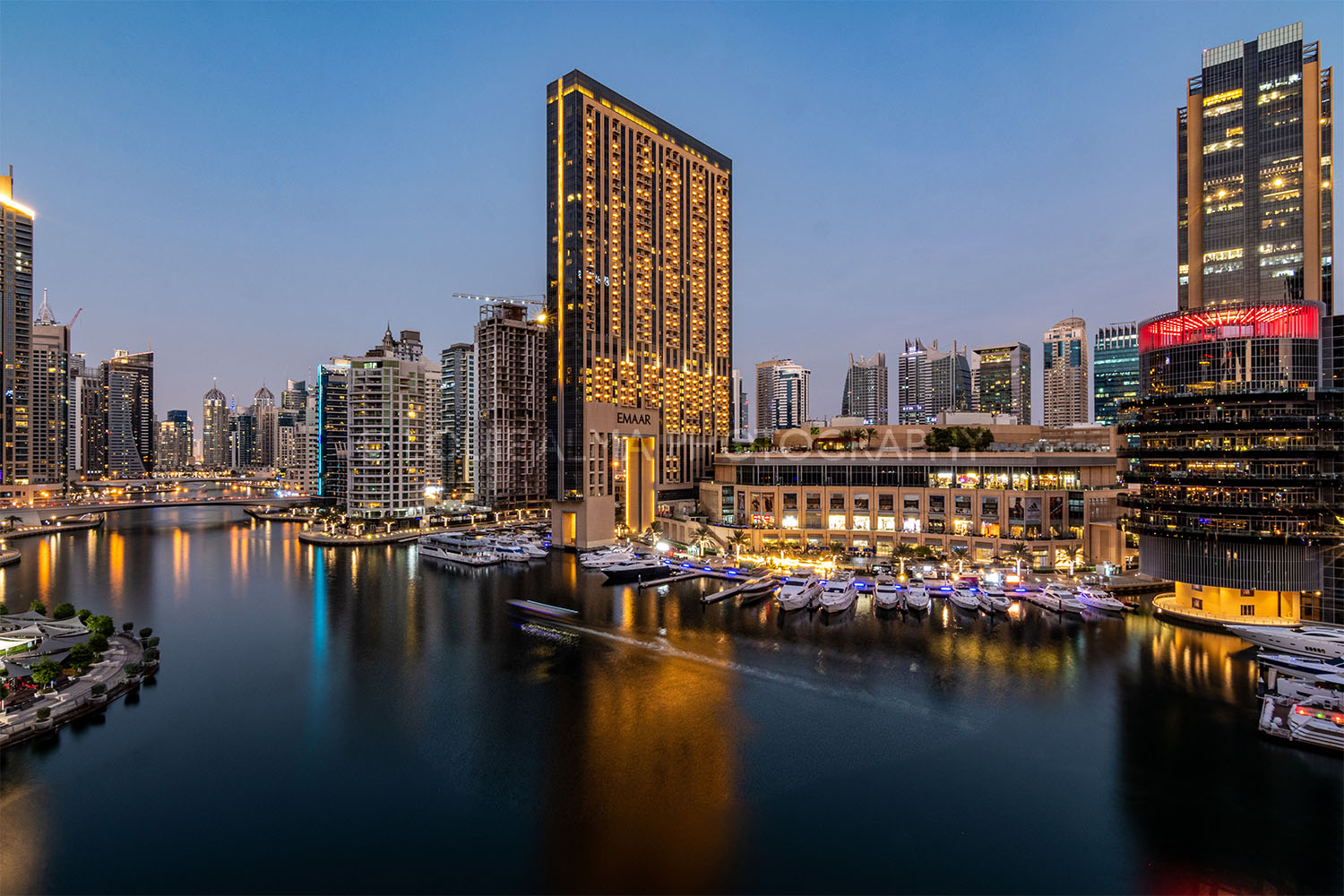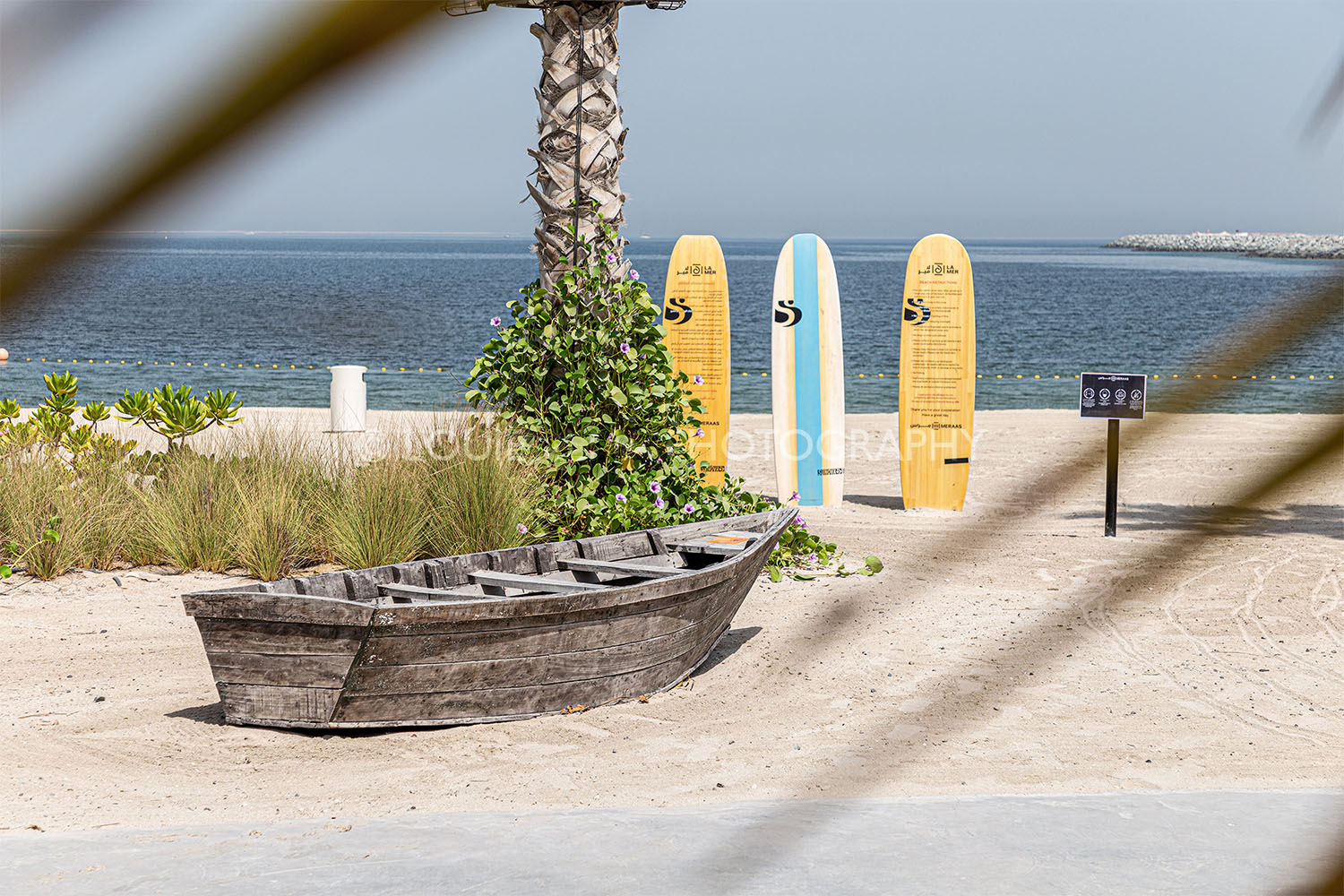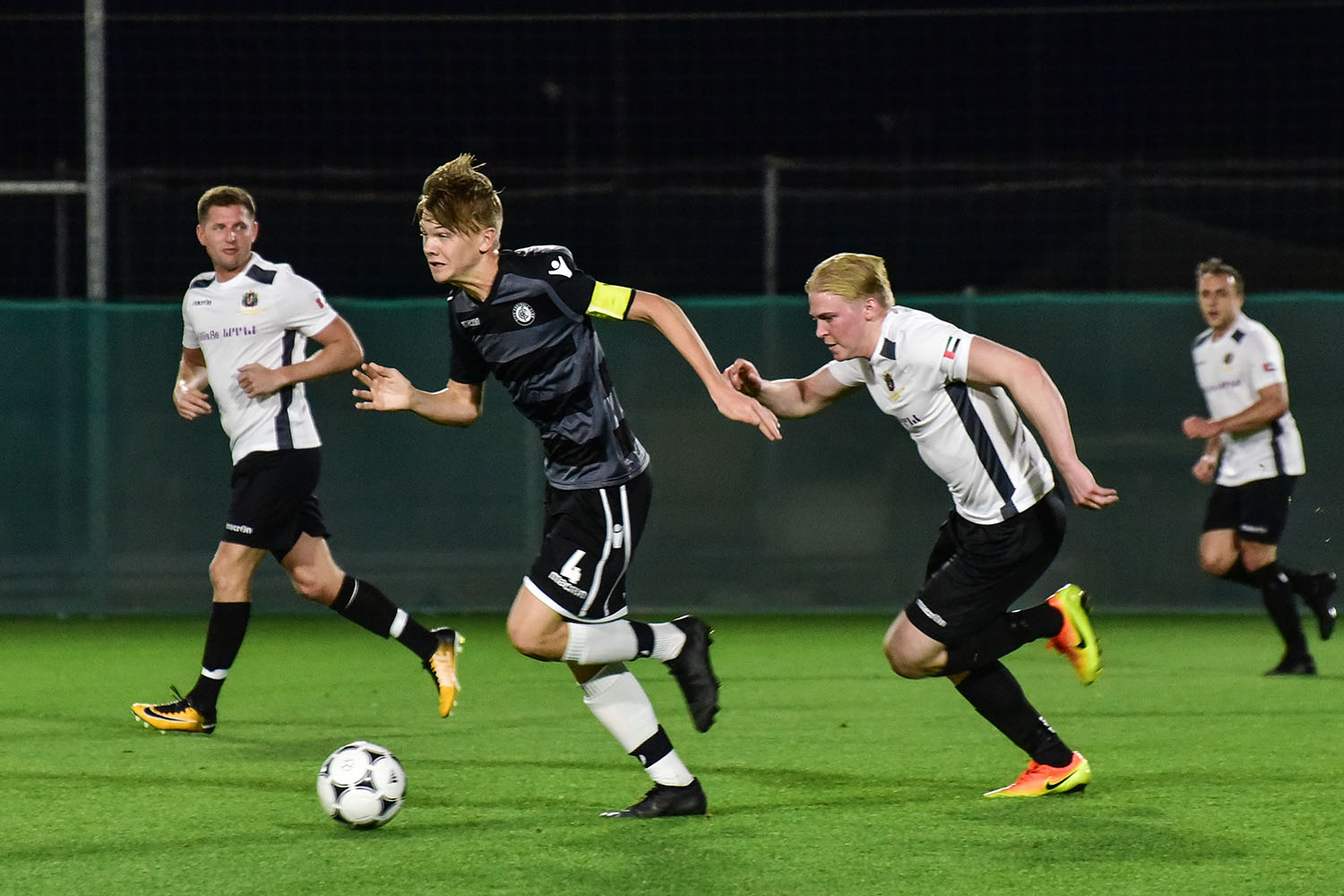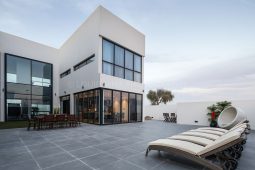Five essentials shaping the future of the Middle East’s hospitality sector
The era of scaling hospitality businesses simply by counting rooms is over, according to The Bench, organisers of Future Hospitality Summit, which says that the future of hospitality lies in creating integrated ecosystems, lifestyle platforms and purpose-driven destinations.
After nearly 1,600 hospitality leaders from more than 70 countries checked in to Dubai for FHS World 2025, it is clear that a new wave of factors is shaping the future of hospitality in the Middle East – and globally – from the rise of non-hospitality brands in real estate to the critical intersection of Artificial Intelligence.
After nearly 1,600 hospitality leaders from more than 70 countries checked in to Dubai for FHS World 2025, it is clear that a new wave of factors is shaping the future of hospitality in the Middle East – and globally – from the rise of non-hospitality brands in real estate to the critical intersection of Artificial Intelligence.

